Berlin, Germany
The starting signal for Germany’s digital identity ecosystem has been fired. At a highly anticipated community event on October 14, SPRIND, the German Federal Agency for Disruptive Innovation, officially announced the timeline and details for the national EUDI Wallet Sandbox. This provides the first official environment for organizations to begin testing their integrations with the German government's upcoming European Digital Identity (EUDI) Wallet.
For relying parties across Germany and Europe, this announcement is a critical milestone. It transforms the EUDI Wallet from a future concept into a tangible project with a clear timeline. The window for preparation is now open, and organizations that act decisively will gain a significant first-mover advantage. This guide breaks down what was announced, what it means for your implementation roadmap, and how you can prepare for a successful integration today.
What is the sandbox? Key details from the announcement
The announcement provided a phased roadmap for the Sandbox rollout, giving organizations concrete milestones for their planning. The key takeaway is that the environment will be launched with identification (PID) features first, followed by support for more complex credential (EAA) use cases as explained by Dr. Daniel Fett, technical ecosystem lead at SPRIND.
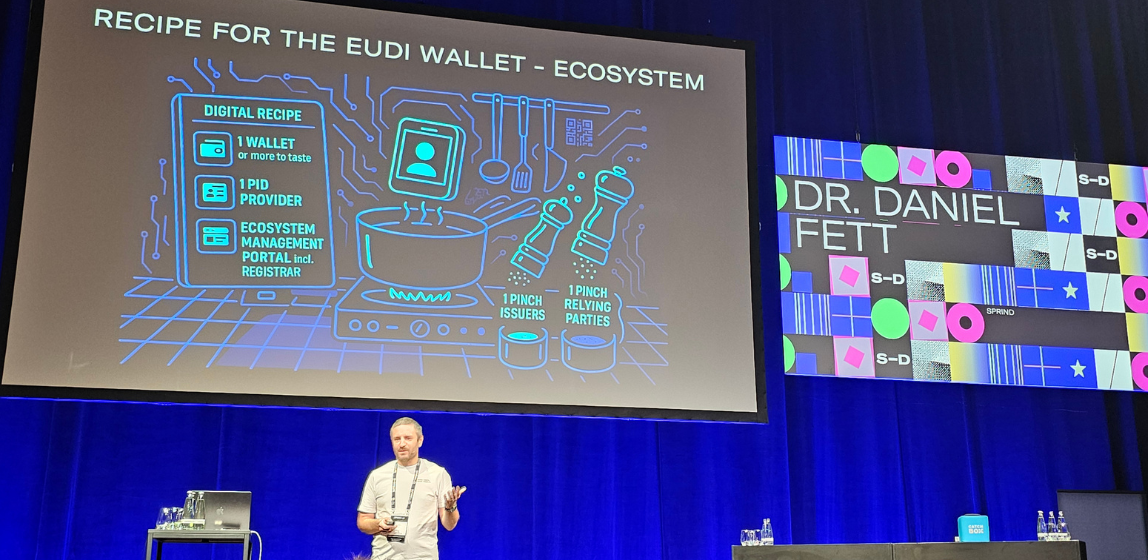
Here are the essential details for relying parties:
- PID functionality by end of 2025: The Sandbox will launch by the end of 2025, initially focusing on Person Identification Data (PID). This will allow organizations to begin testing core identification and KYC (Know Your Customer) use cases with the official German wallet.
- Credential support in Q1 2026: Support for Electronic Attestations of Attributes (EAAs), or what are more broadly known as credentials, is expected to follow in the first quarter of 2026. The driver's license has been named a top priority, along with other credentials from the municipality of Dresden, such as the volunteer pass. This phase will enable the testing of more diverse, attribute-based processes.
- Production-ready test data: The Sandbox will exclusively use test data. However, it was emphasized that this data will be structured as closely as possible to real production data to ensure that integrations built in the Sandbox can be transitioned to the live environment with minimal friction.
- Full support for intermediaries: The architecture will fully support intermediaries, with functionalities being rolled out in iterative steps. This is critical for organizations that plan to use a service provider (intermediary) to manage their wallet interactions.
- Commitment to transparency: The development will be agile and transparent, featuring a public Ecosystem Dashboard to keep all participants informed. Furthermore, the registration process for relying parties is intended to be as automated, simple, and inexpensive as possible.
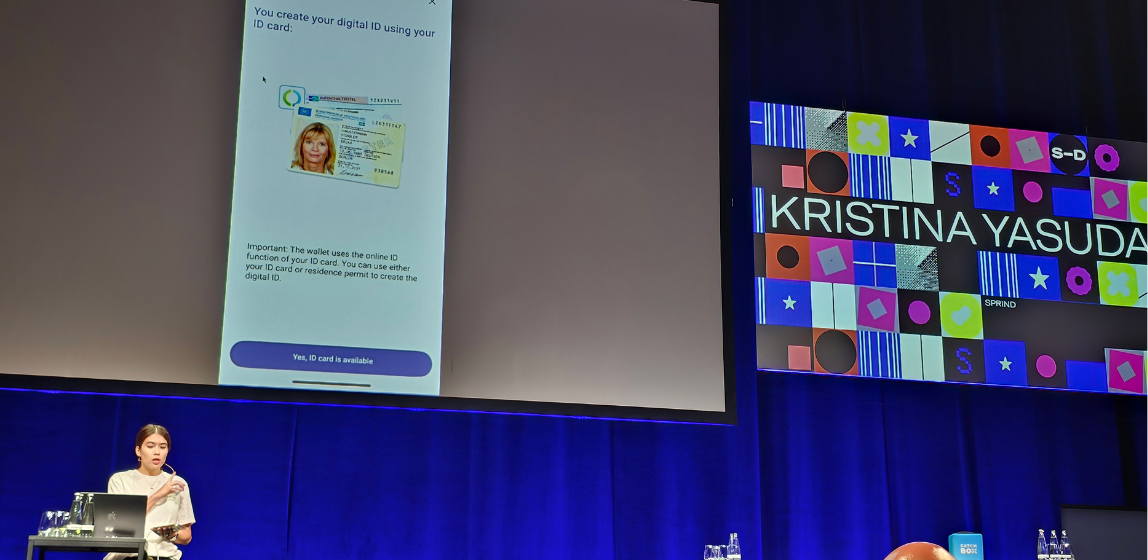
The timeline: From sandbox to production
For organizations, a clear timeline is the most critical component for effective project planning. The recent announcement outlines the key phases from the initial test environment to the mandatory, pan-European rollout. The following roadmap illustrates the anticipated integration timeline for the German EUDI Wallet, giving your team a visual guide to the coming months.
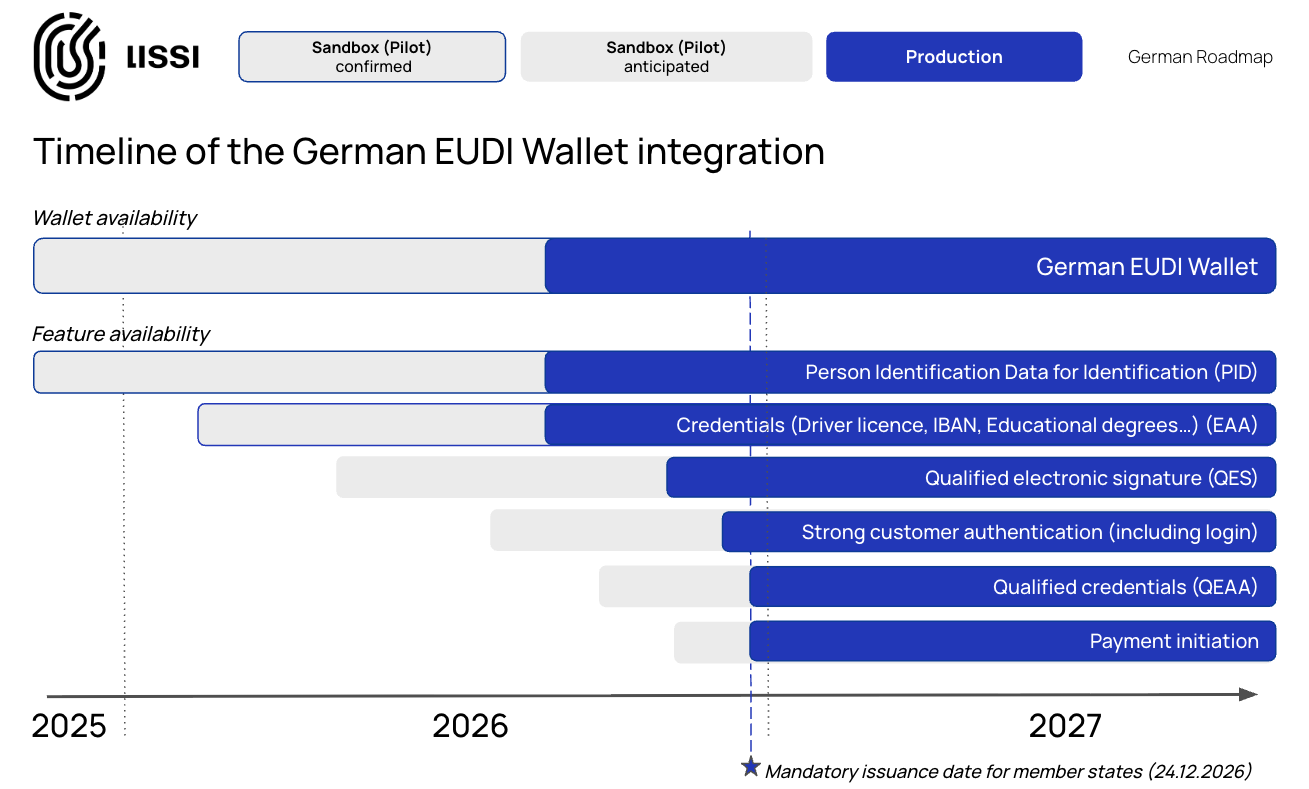
As the timeline shows, the journey begins now. The Sandbox (Pilot) phase, confirmed to start at the end of 2025, will transition into a broader Production-Prep and full Production phase throughout 2026. This schedule is driven by the final eIDAS 2.0 deadline: by December 24, 2026, all EU member states are required to make a certified EUDI Wallet available to their citizens. This firm date creates a clear and non-negotiable window for implementation. Waiting is not an option; the time to build your strategy and begin technical preparations is now.
What this means for you: How relying parties can prepare now
The announcement of the Sandbox is a call to action. With a clear timeline now in place, the strategic question for organizations is no longer if they should prepare, but how. A "wait and see" approach is no longer viable; it risks a late start, significant opportunity costs, and potential reputational damage for being perceived as a laggard in this mandatory digital shift.
This is a valuable opportunity for all European organizations. The German architecture is being developed in very close alignment with the European Architecture and Reference Framework (ARF) and the eIDAS implementing acts, making the German Sandbox a first-class environment to prepare for pan-European interoperability. Here is a practical, three-step guide to building your implementation strategy today.
1. Define your priority use cases
Before any technical integration begins, the first step is strategic. Identify the most valuable problems the EUDI Wallet can solve for your organization and your customers. Will you start with streamlining your Know Your Customer (KYC) process to reduce costs and onboarding friction? Or will you focus on implementing credential use cases or even a Strong Customer Authentication (SCA) to enhance security and user experience? The German government has signaled its own priorities, with the digital driver's license and other public credentials at the top of the list, providing a clear starting point for many industries.
2. Engage with industry groups
The announcement highlighted a crucial point for ecosystem-wide success: standardization. Now is the time for industry associations and governing bodies to collaborate on defining the specific attributes and data schemas for credentials that will be used in their sector. By working together to define these standards for credentials like proof of income, payment credentials, or professional licenses, industries can ensure seamless interoperability and prevent fragmentation from the outset.
3. Choose your technical strategy
With your use cases defined, you face a critical architectural decision: build your own connection to the EUDI Wallet ecosystem ("Make") or integrate a specialized, professional solution ("Buy").
For large, regulated organizations, choosing a professional vendor is the logical choice, as it is overwhelmingly quicker, easier, and cheaper than an in-house build. Organizations don't build their own web browsers to access the internet; they rely on professional, secure, and continuously updated software. The same principle applies here. The EUDI Wallet ecosystem is a new, complex, and constantly evolving environment with over 30+ wallets.
While the upcoming onboarding guide from SPRIND will certainly be helpful, it is not a substitute for an enterprise-grade software solution that manages this immense technical complexity. A dedicated EUDI Wallet Connector abstracts away the challenges of protocol maintenance, wallet interoperability, and evolving trust frameworks, allowing your teams to focus on your core business logic via a simple, stable API.
Your fast track to the sandbox: The Lissi advantage
While the Sandbox provides a vital new environment for testing, Lissi's technology is already proven in the real world. The Lissi Wallet API connector is not a prototype; it is a production-ready component currently being used by major organizations, including Commerzbank, Deutsche Bahn, and Mastercard. Our solution was co-developed over a three-year period in direct collaboration with ING Bank to meet the rigorous demands of the financial sector from day one.
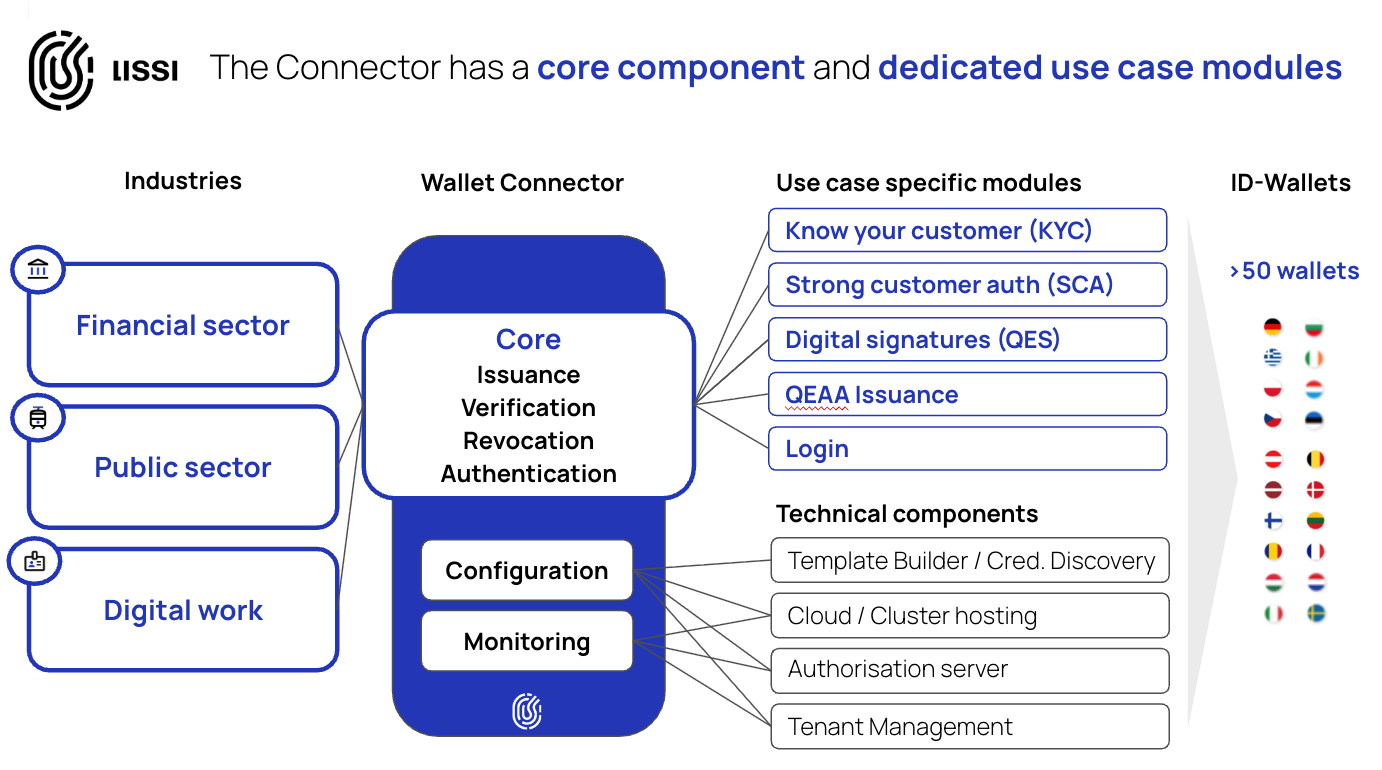
This provides a decisive advantage for organizations preparing for the Sandbox. By using our connector, you are not just testing with a piece of software; you are integrating a battle-tested, enterprise-grade solution. This de-risks your entire project. You can test with the confidence that the tool you are using is built for the real-world scale, security, and complexity of a live, regulated environment.
To facilitate this, we offer the Lissi Starter Program - a comprehensive package designed to accelerate your preparation for the Sandbox and beyond. It provides not just the software, but also the expert guidance and strategic insights needed to ensure your implementation is a success from day one.
Start your guided journey today
The announcement of the German EUDI Wallet Sandbox is the starting gun for your eIDAS 2.0 implementation project. The timeline is clear, the opportunity is significant, and the time to act is now. Navigating the path from today's systems to full, compliant integration with the EUDI Wallet ecosystem can seem complex, but it doesn't have to be.
If you’re either a relying party or an intermediary, partnering with an expert team who has already solved these challenges and proved industry leadership in the German EUDI Wallet challenge is the most effective way to ensure a successful, on-time, and on-budget implementation.


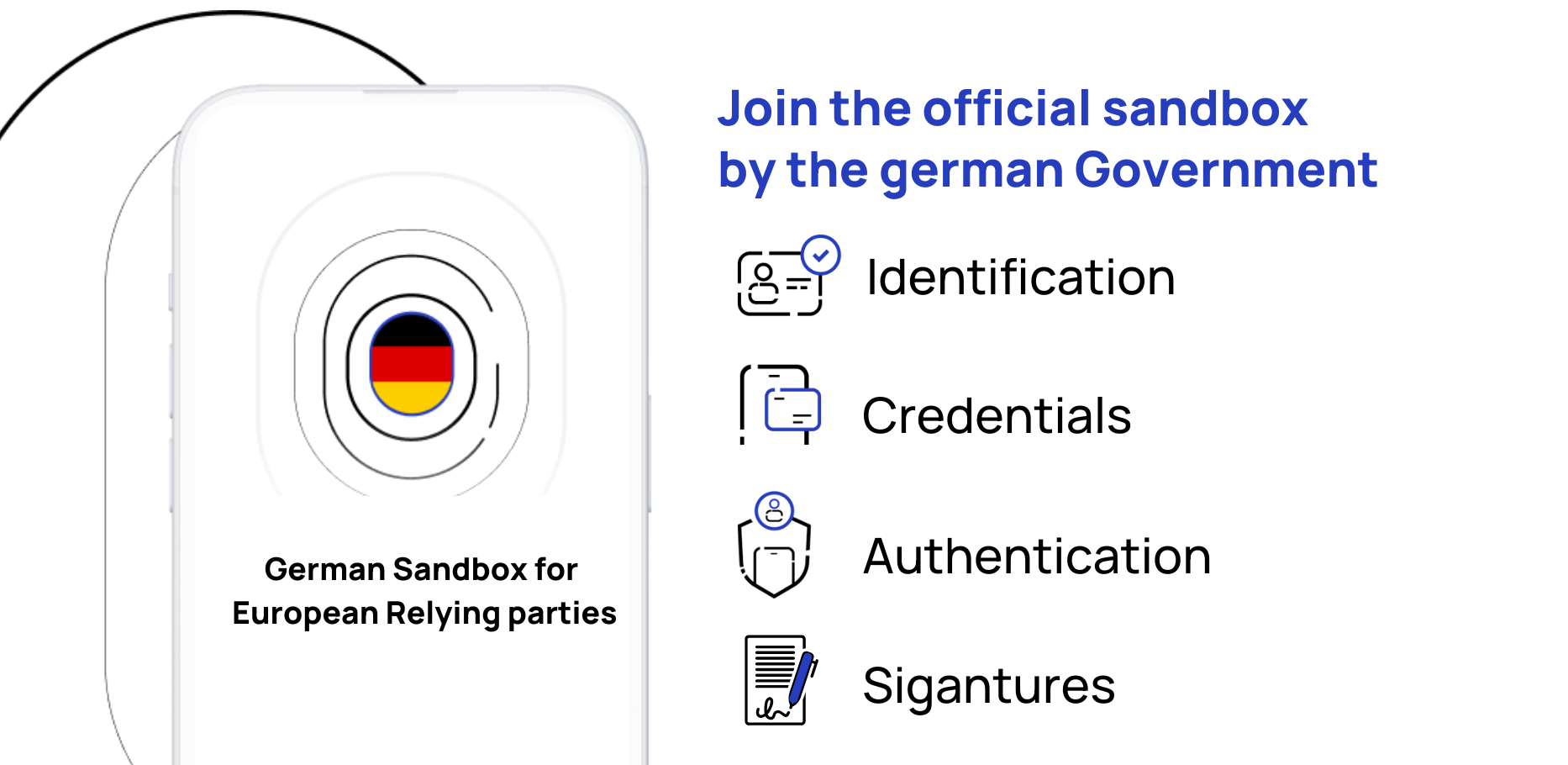



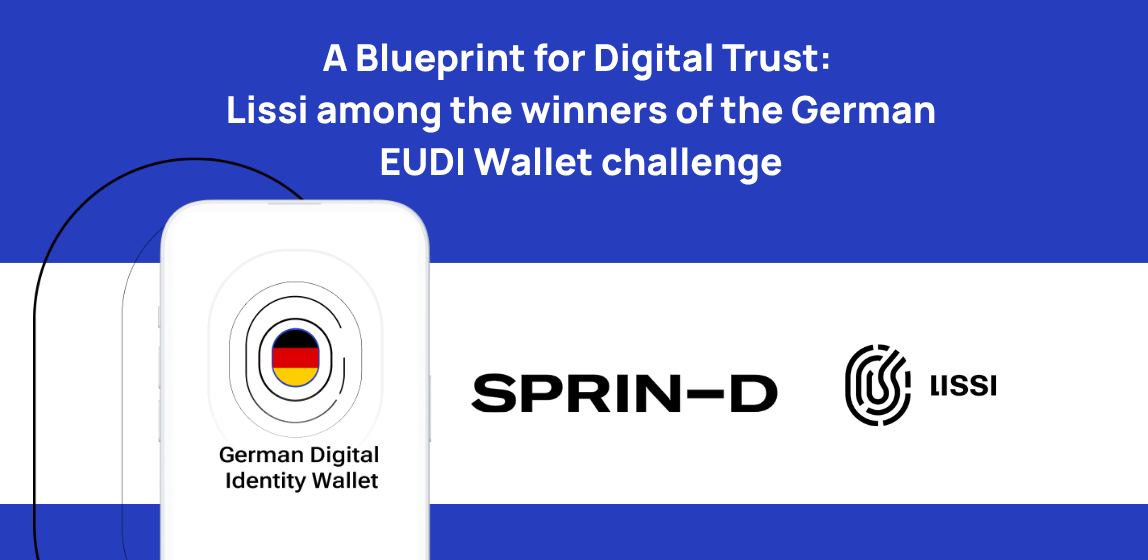
.png)